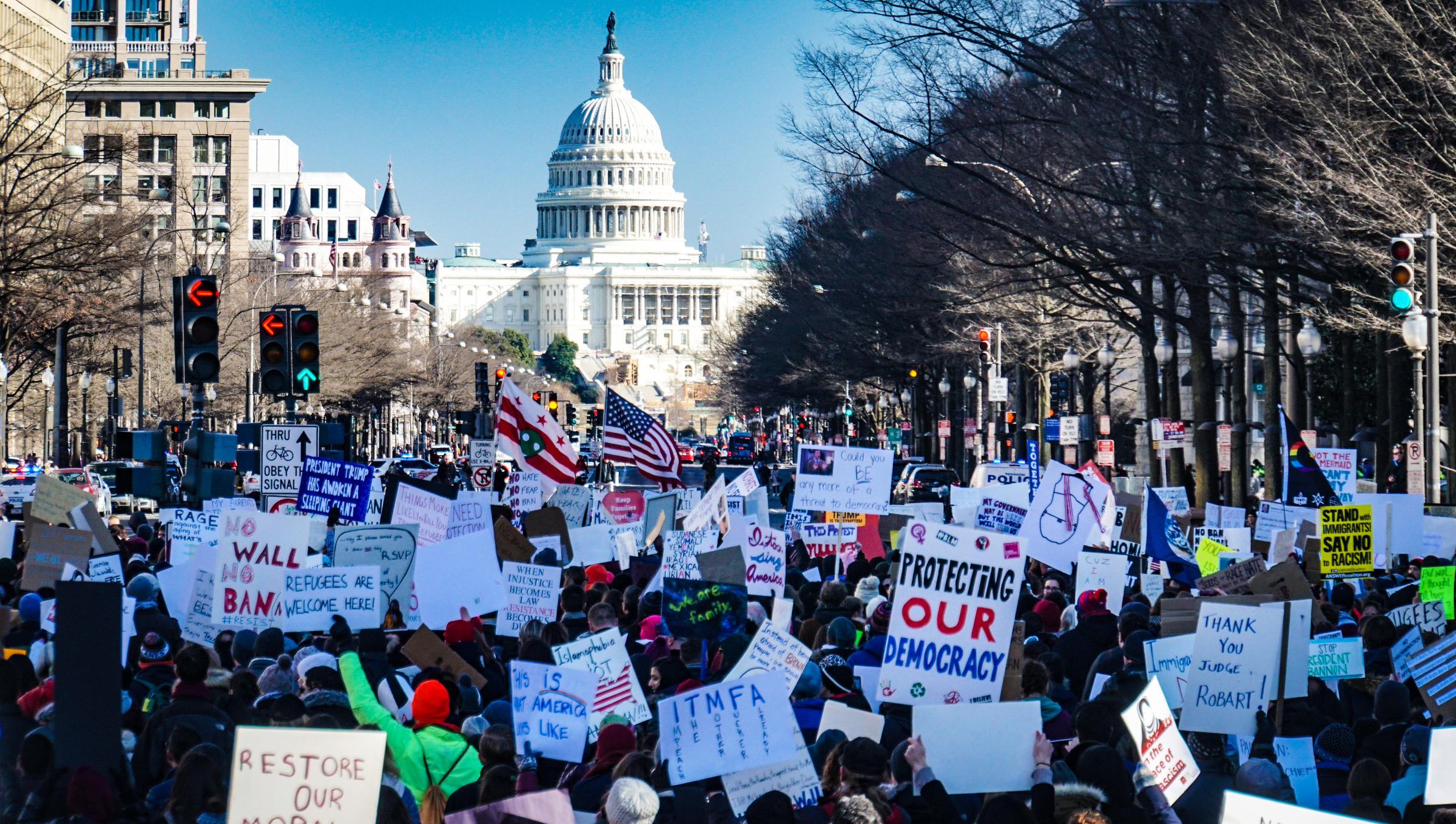Christian concerns with the culture go all the way back, dating beyond the legacies of Justin Martyr and Augustine to the earliest generations of Christians. But even here, in the first centuries, negotiations with culture were not straightforward: for every adoption of the language of Roman jurisprudence in the first several centuries, there was a monastic withdrawal to the desert, for every Geneva, a Schleitheim Confession. Some elements of culture, and thus some approaches to public engagement with the world beyond the church, were more appropriate than others, and on the conversation went, with the shifting cultural sands of the Roman empire making for an ongoing need for discerning how best to make the City of God known among the city of the pagans.
Login to read more
Sign in or create a free account to access Subscriber-only content.
Topics:
